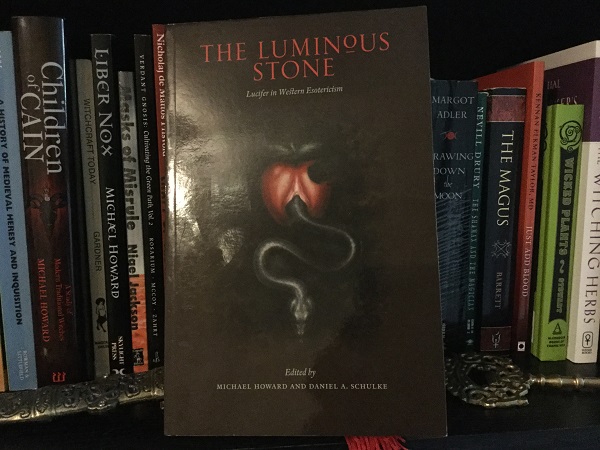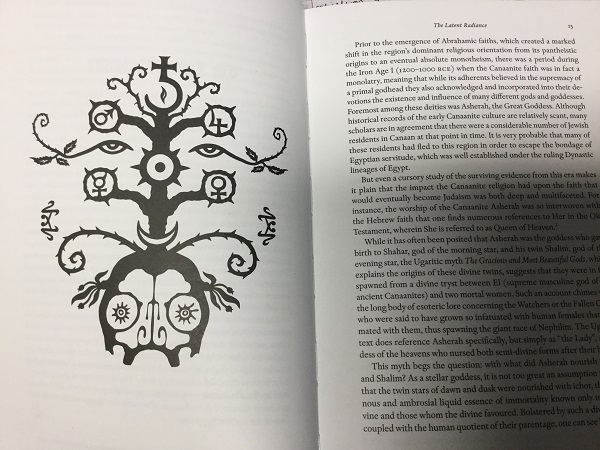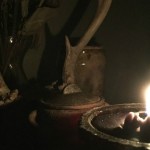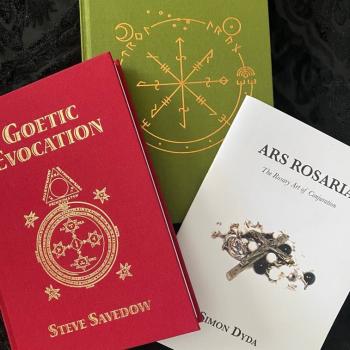
Lucifer in Western Esotericism a Three Hands Press Publication
Edited by Michael Howard and Daniel A. Schulke; in dedication to the life and work of Michael Howard 1948- 2015.
This collection of essays on the topic of Lucifer contributes to the already large body of lore surrounding the “fallen angel;” examining his role in different occult contexts often under various cultural guises. This book describes the themes of Luciferian gnosis, and the conflated forms that this being has taken over the centuries. Edited by Daniel Schulke and the late Michael Howard, these essays illuminate occult orders such as the Fraternitas Saturni, the Order of the Morning Star, the Clan of Tubal Cain and the Cultus Sabbati. All of which show reverence to the light-bringer as a central figure to their traditions.
These essays follow a somewhat chronological order when discussing the pre-Christian origins of Lucifer and beings called the Watchers, beginning with ancient Middle Eastern lore and tracing it across Western Europe. Scholars have connected Lucifer with these celestial beings, having roots in antiquity, by analyzing the translations of Judeo-Christian documents. These contributors discuss the possible cosmic origins of these entities, and the many ways which humanity has interpreted them as divine beings. The figures of Satan and the Devil are also discussed with specific focus on how these two distinct entities became associated as one adversary.

Lucifer as Witch Father
In an attempt to become the dominant religion through the use of propaganda the early Church helped to create a powerful rebellious image who represents the antithesis of the Church’s institution. The propaganda of the Church, whose goal was to tarnish the reputation of Pagan spirituality, did so by releasing multiple decrees associating magic and occultism with demonic black magic. Many religious an artistic countercultures embraced the symbols of rebellion and enlightenment, making Lucifer the patron saint of many movements. This was a threat to the Church because of Pagan spirituality’s emphasis on individual spiritual growth.
One essay in particular go into detail in regards to the fitting lore of Lucifer as the God of the Witches, starting with the influential writings of Margaret Murray. This essay explains the subtle influence of the Luciferian stream present in neo-Pagan movements, and even Wicca, which claims no association with this figure. This idea of an historical universal Horned God of the witches has been disputed since it was first theorized. With similarities in historical data it is tempting to maintain this idea of a single Witch Father, which is strikingly monotheistic. However, historians have agreed that it is more likely that Luciferian aspects were derived from multiple individual spirits and deities.
Nevertheless, the image of a Witch Father and belief in a “witch mark” would remain part of traditional magical lore in Europe, and continue on to the colonies. In particular, the essay by Ethan Doyle White, is of interest. “Casting a New Light on Wicca,” reanalyzes the early days of the Witchcraft revival and the Luciferian influences that were present; as seen in the writings of Doreen Valiente and Robert Cochrane.
Buy this and other awesome books here:
















